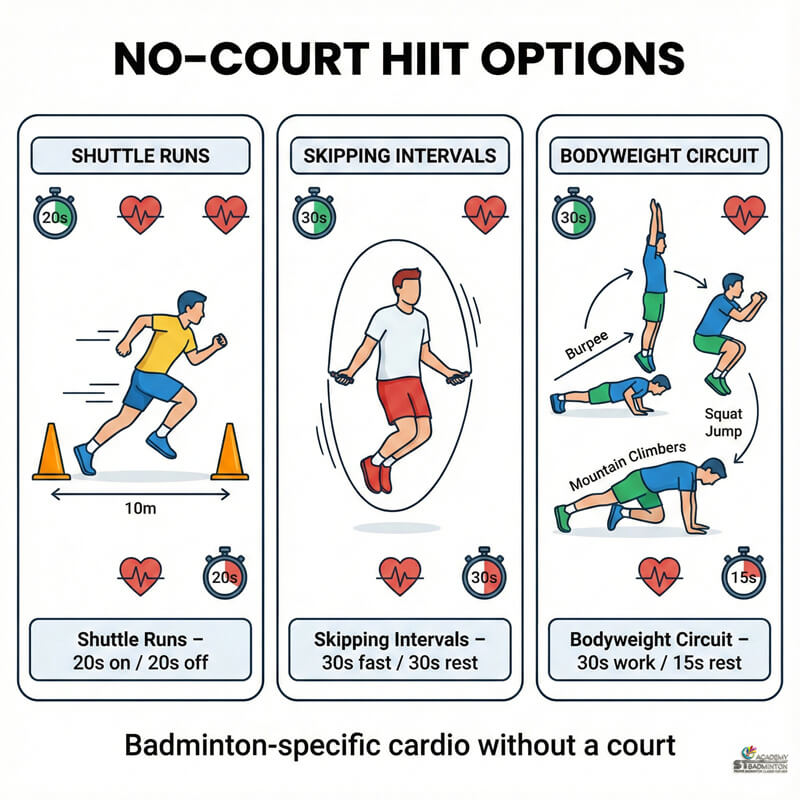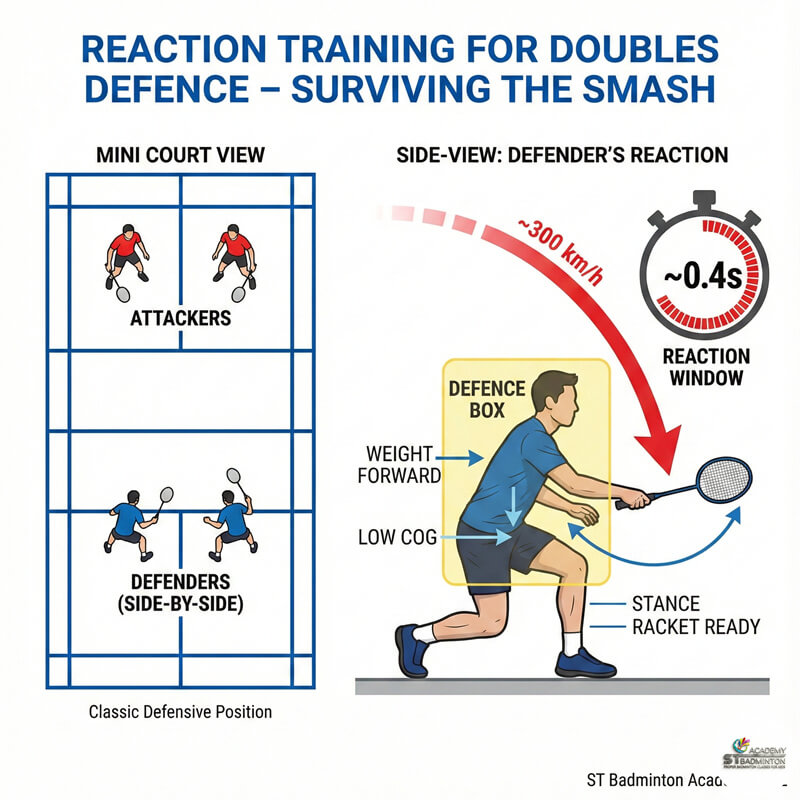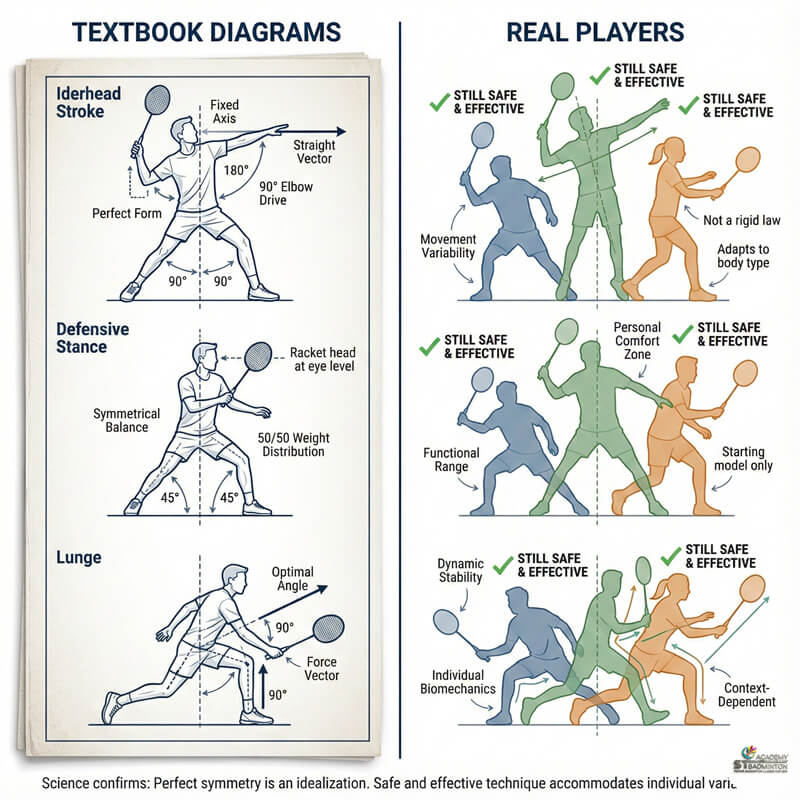Welcome to ST Badminton Academy’s badminton training in Malaysia! Have you ever wondered how changing your grip might improve your game?
I’m here to tell you all about the advantages and disadvantages of different badminton grips. As a passionate player, coach, and fan of this great sport, I know from experience that getting the right grip can be critical for improving performance.
This article will explore the various options available and give tips on which ones work best in certain situations. So grab your racket and get ready to learn – let’s dive into the world of badminton grips!
Forehand Grip
The forehand grip is a badminton player’s best friend. It provides incredible control and power that can easily blow away any opponent. With the perfect technique, it can be one of the most intimidating shots in the game!
This grip is all about comfort – not too tight or loose but just right to give you maximum performance. Many players find this grip to provide great grip technique as well as unbeatable grip comfort.
So if you want to take your game up a notch, then learning how to master the forehand grip should be your number one priority! From there, transitioning into backhand grips will come naturally.
Backhand Grip
Moving on from the forehand grip, let’s take a look at the backhand grip. This is a very important grip to master if you want to be successful in badminton!
The racket angle when using this grip should be more open than with the forehand and your thumb should point down towards the ground. With this grip, it is important to apply pressure evenly across both hands. You don’t want one hand squeezing too hard or the other not applying enough pressure as this will affect how well you can control your shots.
When practicing this grip, make sure that your index finger remains on top of the handle for extra support – this will help ensure that you don’t lose control of your racket during rallies.
Additionally, try experimenting with different levels of grip pressure until you find what works best for you; playing around with different combinations will give you an idea of how much power and accuracy each level provides.
Now that we’ve covered the basics of backhand grips, let’s move onto overhead grips which are slightly different but just as important!
Overhead Grip
When it comes to overhead grip, there are both advantages and disadvantages to consider.
I’ve been playing badminton for years and I can tell you that the right grip can make a huge difference in your game.
Advantages
Ah, the overhead grip! For those of us who’ve mastered it, there are no greater rewards.
This gripping technique provides unparalleled comfort and control when executing a shot with precision; it’s simply perfect for anyone looking to master their badminton skills.
Other than choosing a good racket and also remember to choose the best racket restring in Malaysia. The advantages of this grip come from its comfortable feel and unique ability to give you full power over your shots without losing any accuracy.
Plus, once you get used to the motion associated with this grip, you’ll find that your overall stroke mechanics will improve significantly as well.
With its amazing combination of comfort and technique mastery, it’s easy to see why so many players opt for an overhead grip in badminton – it really is the best way to play!
Disadvantages
Of course, even this perfect grip isn’t without its disadvantages.
For one thing, you need to be sure that your stance variation is just right – if it’s too wide or too narrow, then the overhead grip won’t work properly and can lead to some frustrating misses!
Additionally, if you have a tendency to hold onto the racket with too much tension in your wrist and fingers, then you might struggle to get the necessary precision out of each stroke.
This is why it’s important for players to learn how to relax their grip while still maintaining control over their shots.
All in all, the overhead grip can be an incredibly rewarding experience when used correctly; however, players should always take great care to ensure they are using it correctly so as not to run into any issues down the line!
Smashing Grip
It’s almost uncanny how often badminton players are able to select the perfect grip for their style of play, and it all starts with mastering the basics – like understanding exactly what a smashing grip is.
You see, the proper gripping technique is key when you’re looking to get maximum power generation from your shots. A smashing grip allows for greater wrist movement as well as increased spin on the shuttlecock; making it an ideal choice for those who want to generate more speed and power in their shots.
So now that we know some of the fundamentals about the smashing grip, let’s dive into what makes this particular grip so great – and why it might not be right for everyone.
After all, selecting the right one comes down to individual preference and playing ability!
Choosing The Right Grip For You
Moving on from the smashing grip, let’s talk about choosing the right grip for you. When it comes to badminton grips, there are several styles available and each one has its own advantages and disadvantages that can help or hinder your playing style:
| Badminton Grip Styles | Advantages | Disadvantages |
|---|---|---|
| Shakehand Grip | – Versatile grip allowing flexibility in forehand and backhand shots | – Requires getting used to as it relies heavily on wrist action rather than arm movement |
| – Provides more control over shots and better reach across the court due to its natural angle of attack | ||
| Penhold Grip | – Suited for aggressive play, offering greater power in smashes and drives | – Limits mobility in shot selection and precision due to narrower angles of attack |
| – Less fatigue associated with extended rallies as power comes from fingers instead of arms | ||
| Chinese Forehand Grip | – Focuses on forehand strokes with decent control over backhands | – Requires significant wrist strength, making it challenging for beginners until they build up enough muscle memory through practice |
| – Generates tremendous topspin offshots that can be difficult for opponents to return effectively | – Beginners may struggle initially with the technique due to the need for wrist strength | |
| Hybrid Grips | – Incorporates elements from different styles for access to multiple techniques | – Limited power generation capabilities |
| – Provides flexibility without constantly switching grips | – Low levels of control overall, balancing out different components simultaneously may be challenging |
So whether you’re looking for increased control over your shots or raw power behind every swing; picking out the perfect badminton grip according to your individual needs should always be taken into consideration before investing any time or effort into mastering a particular style completely!
Frequently Asked Questions

What Is The Optimal Length Of A Badminton Racket?
When it comes to badminton rackets, one size definitely does not fit all. The optimal length of a racket depends on your height, grip types and the balance you prefer.
As an expert in badminton grips, I can tell you that for most players, a longer racket is usually better since it allows for more control over shots. However, if your grip type favors a shorter racquet then there are some advantages such as increased maneuverability when executing quick movements or flicks.
Ultimately, by experimenting with different lengths and weights until you find what works best for you, you’ll be able to take your game to the next level!
What Is The Best Way To Hold A Badminton Racket?
Holding a badminton racket the right way is essential for success.
As an expert in badminton grips, I can tell you that finding your optimal grip and making slight modifications to it are key factors when determining how effectively you’ll be able to hit the shuttlecock.
To ensure maximum control and power with every swing, make sure to maintain proper tension on your grip while ensuring comfortable wrist and arm movement as well.
With practice and dedication, you can find the perfect grip that works best for you – one that will give you great results in both singles and doubles!
What Is The Most Effective Way To Practice Badminton Grips?
If you’re looking for the most effective way to practice badminton grips, then I suggest focusing on grip technique and serving technique.
With proper form in both of these areas, you’ll find that your game improves drastically.
To start honing your grip technique, try holding the racket differently each time you swing it – this helps train your muscles to use different types of holds depending on the situation.
As far as serving goes, focus on footwork first: make sure you have a good foundation before coming up with creative serves.
And don’t forget to take notes along the way so that when it’s time to review what works best for you, you can easily recall what did or didn’t work!
How Can I Ensure That I Am Using The Right Grip For My Playing Style?
Are you looking for the right grip for your playing style?
Knowing how to use different grips and make changes when necessary is an important part of becoming a successful badminton player.
As a badminton grip expert, I recommend considering both racket weight and type of shot before making any significant grip changes.
It’s also beneficial to practice with various types of rackets in order to feel comfortable with each one’s particular balance point and overall technique.
With experimentation and persistence, you’ll be able to find the perfect grip suited perfectly for your individual playing style!
What Is The Difference Between A Forehand And A Backhand Grip?
When it comes to badminton grips, there are two main types: forehand and backhand.
Both rely on different techniques and have their own advantages and disadvantages.
The forehand grip is great for power shots as you can generate more force by using your palm and fingers together.
On the other hand, if you’re looking for control rather than power, then a backhand grip might be better suited – this uses your thumb and index finger only, which gives you much finer control over where your shuttlecock goes!
So no matter what kind of player you are, it’s important to find the right grip technique that suits your playing style.
Best Badminton Grip for Badminton Training Malaysia
Using the right badminton grip can be essential for a successful game. There are many different grips, each with its own advantages and disadvantages. Choosing the one that works best for your playing style requires time, patience, and practice.
It’s important to experiment with all of them until you find the one that feels most natural and comfortable in your hands. With enough practice, you will become an expert at choosing the right grip for every situation!
The feel of a well-executed shot is like no other – it gives us a sense of accomplishment and joy as we watch our shots fly across the court with precision and power. So don’t forget to take some time out to perfect your badminton grip; after all, it is what makes or breaks any game!





